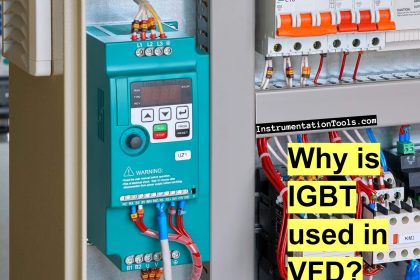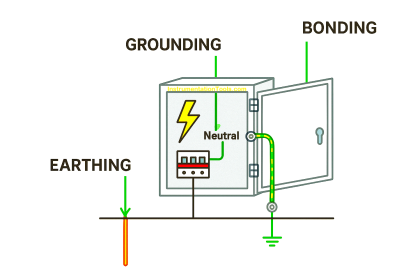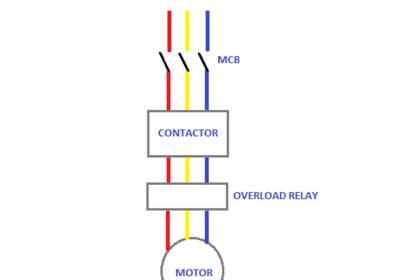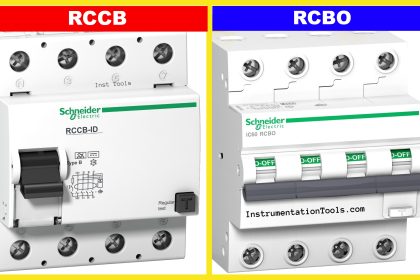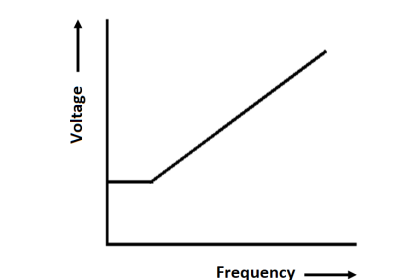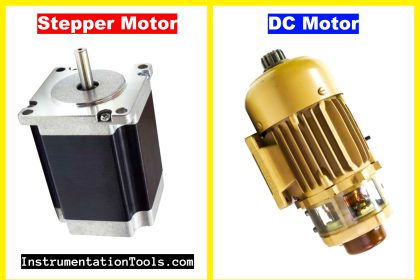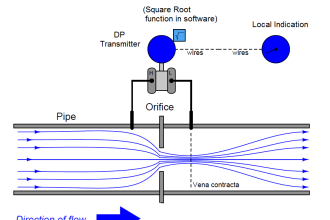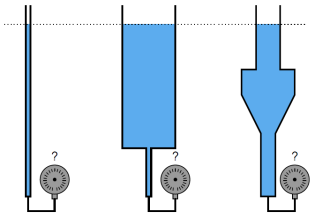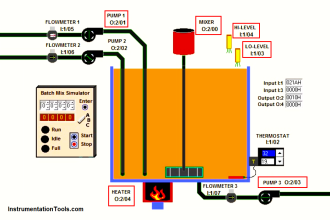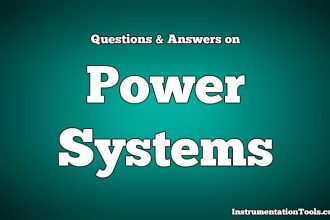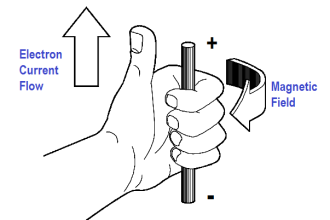When you’re working in an electrical panel, you are often required to use circuit breakers. Without them, your electrical circuit is almost incomplete. As per international standards, circuit breakers too have some rules and regulations which are applied to them for working in a safe and efficient environment. One such standard is UL or Underwriters Laboratory. In them, the two most used standards for circuit breakers are 489 and 1077. Often, panel builders get confused as to which UL standards to use for circuit breakers. In this post, we will see the difference between UL489 and UL1077.
What is a UL 489 circuit breaker?

A UL 489 circuit breaker is used as a primary component in electrical circuits for protection.
This means, that when you are directly taking power from a source, that level will have a UL 489 circuit breaker. It thus ensures that your incoming supply will not hamper any further electrical circuit inside. Due to this, its usage is frequent. As they directly deal in high incoming power, they undergo a stringent test before releasing them in the market for use.
That is why, these circuit breakers are also termed as branch breakers, as they control the power supplied to a branch before it goes further to some loads. So, almost all the feeder panels like PCC, MCC, main power panels, and distribution boards will have these circuit breakers before passing the incoming supply to further loads. That is why, they are usually higher in current ratings.
What is a UL 1077 circuit breaker?
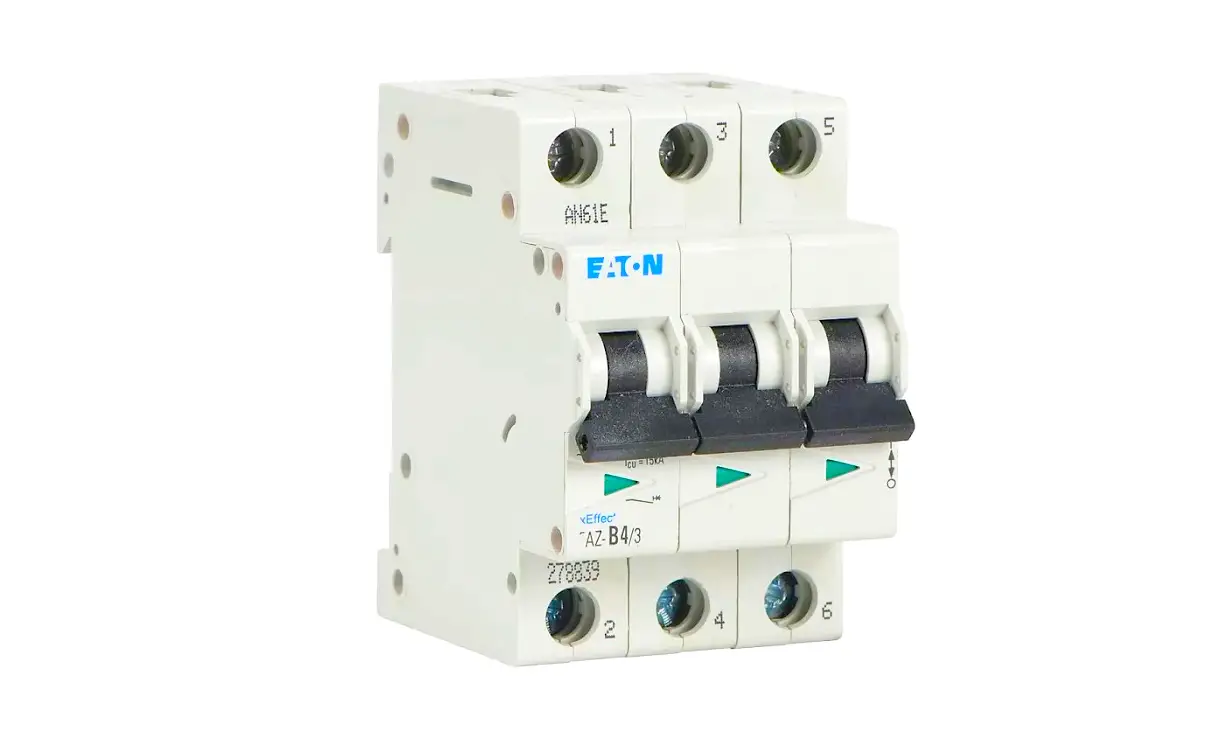
A UL 1077 circuit breaker is used as a secondary component in electrical circuits for protection.
This means, that once you have taken power from a source and then fed a small rated load, that level will have a UL 1077 circuit breaker. It thus ensures that your incoming supply from a further UL 489 circuit breaker to then single phase supplies and step-down transformers will not hamper any further small electrical load inside.
Due to this, its usage is less frequent, as it depends on the usage of load in the diagram. As they deal in less incoming power, they do not undergo a stringent test before releasing them in the market for use. That is why, these circuit breakers are also termed as sub-branch breakers, as they control the power supplied to a branch load.
So, almost all the control panels that have electronic loads like PLC, SMPS, relays, instruments, communication modules, or contactors for small-rated motors will have these circuit breakers before passing the supply to these loads mentioned. That is why, they are usually lower in current ratings.
UL Standards Comparison (UL 489 vs UL 1077)
- UL 489 are high voltage circuit breakers, as they are used before an incoming power. UL 1077 are low voltage circuit breakers, as they are used for small rated loads after it has received power from a UL 489 circuit breaker to then single phase supplies and step-down transformers.
- UL 489 CBs are larger in size than UL 1077 CBs.
- UL 489 circuit breakers undergo a stringent test before passing by subjecting them to more hours of testing, and precise time periods for high currents, as compared to UL 1077 circuit breakers which undergo a less stringent test.
- UL 489 ensures protection from high rated fault currents and makes a strong working environment, as compared to a UL 1077 device which ensures protection from low rated fault currents.
- MCCBs are a common example of UL 489 devices, whereas MCBs are a common example of UL 1077 devices.
- If you see the flow of circuit, then the main distribution from incoming feeder will start with UL 489 breaker, breaking it down to single phase supplies or reducing the voltage using step down transformers, then feeding a UL 1077 circuit breaker, and then to an electronic load. If the load rating is very high, then use 489 again instead of 1077.
- 489 cannot be used for smaller loads, as it will unnecessarily increase cost and also consume a larger panel size. So, better use 1079 for small electronic loads for a smart cost saving approach.
In this way, we saw the difference between UL 489 and UL 1077.
Read Next:
- What are Switchgear Interlocks?
- What is an Automatic Circuit Recloser?
- What is the LBB Protection Relay?
- Difference Between AIS and GIS Panel
- High-Voltage Testing in Electrical Panels
